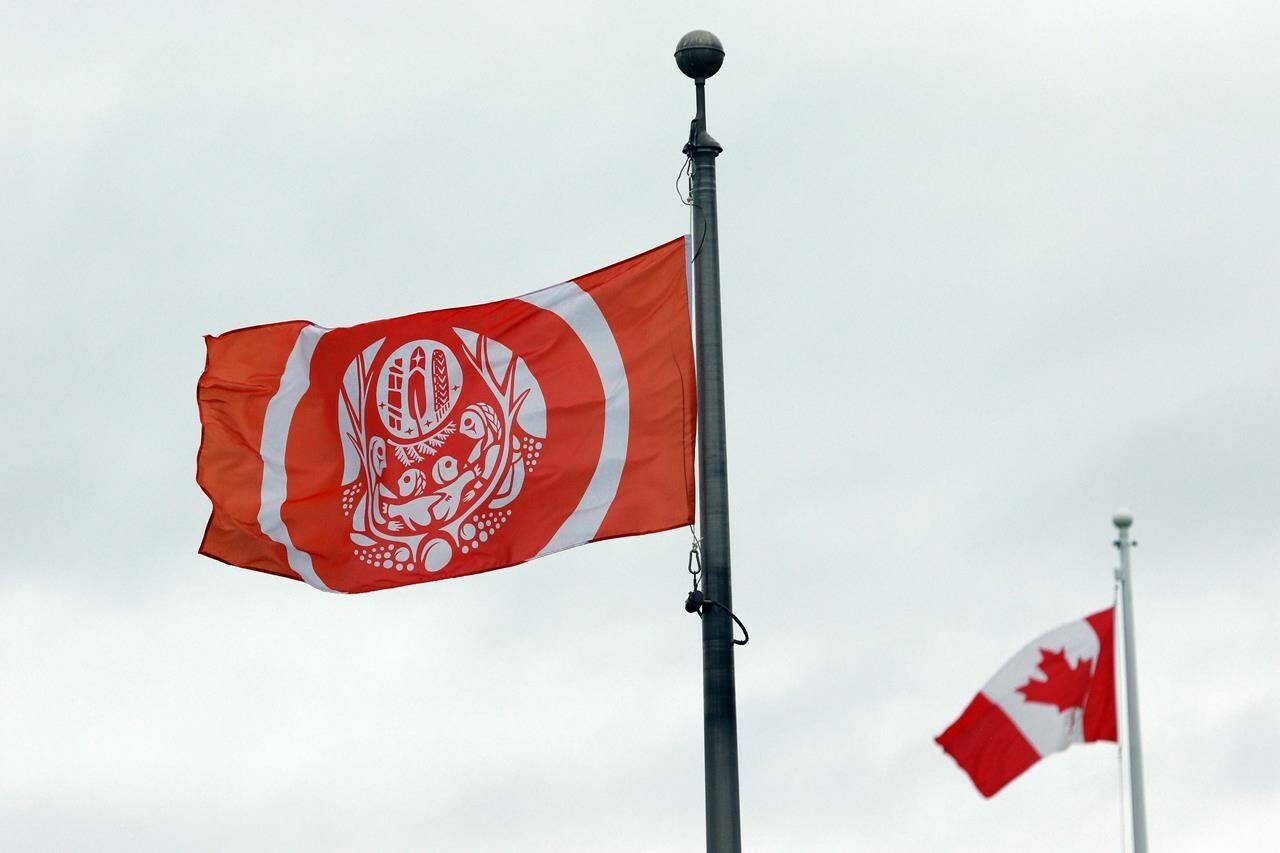Once it was the site of a building for the former Alberni Indian Residential School, one of the most notorious such institutions in British Columbia and a place linked to suffering and abuse of Indigenous children.
Now the former Peake Hall is a basketball court, and a scene of joy.
“It’s because we want children to be happy there and play there,” said Tseshaht First Nation Elected Chief Councillor Wahmeesh. “The survivors talked about how great it was to see them dance on that site previously.”
That same reasoning is why the Tseshaht Nation on Vancouver Island is adamant the Canadian government pay for the demolition of Caldwell Hall, one of the last remaining buildings at the site, and fund the construction of a replacement community facility.
On Tuesday, the nation announced the preliminary results of an 18-month investigation into the school which operated from 1900 to 1973 in Port Alberni.
Wahmeesh, whose English name is Ken Watts, announced the detection of 17 suspected grave sites, and the conclusion that 67 children who attended the school had died.
But the chief says the Tseshaht and other Indigenous communities are taking important steps toward “decolonizing the narrative” around residential schools.
That means stepping away from reducing victims’ experiences to a series of numbers, and instead focusing on understanding the survivors’ stories of suffering and resiliency and looking to the future.
“We gathered survivors and literally asked them, what do we do next?” Wahmeesh said of how he approached the “sacred responsibility” of announcing the search results.
“Everything has been guided by survivors. They said at the very beginning: Make sure this is all rooted in your culture. Make sure this is rooted in who we are as Tseshaht and Nuu-chah-nulth people. And that’s what we’ve done.”
Efforts are underway to reclaim the school site to create a “safe space” and a “place of healing” for other First Nations communities, Tseshaht First Nation officials said.
Caldwell Hall is still being used by First Nation officials for office and workshop space, but Wahmeesh said it remains an “open wound” for survivors, many of whom refuse to go there because of the emotional trauma it triggers.
Wahmeesh said he doesn’t want the Canadian government to “tear it down and then just walk away.”
“That’s my biggest fear.…They can afford to build them and run them, (then) they can afford to tear it down and help us build new and reclaim the space.”
Sheri Meding, a research officer with First Nations, Métis and Inuit Relations at B.C.’s Office of the Representative for Children and Youth, was the lead researcher for the Tseshaht’s unmarked graves project.
She said it was essential that there be a “foregrounding” of the experiences of people who attended the school.
Alberni Indian Residential School was one of six residential sites where children were subjected to government-sanctioned nutrition experiments without the consent of their parents, a fact discovered by researcher Ian Mosby in 2013 after searching through records.
Meding said accounts from Alberni students that they were “always hungry” and stole food to survive were largely discounted in public discourse until the stories were matched with records that Mosby discovered.
“Survivor accounts of always being hungry, placed beside historical documents that confirm engineered malnutrition was occurring, has a different impact than hearing one or the other version separately,” said Meding in a written response to questions.
“This is the value of decolonized methodology. It is a prioritizing and foregrounding of lived experience, and the supplemental use of the historical record to support and fill in the picture.”
The school was particularly notorious for its association with former school dormitory supervisor Arthur Henry Plint.
In March 1995, Plint pleaded guilty to 18 counts of indecent assault between 1948 and 1968. Plint, who was 77 at the time, was sentenced to 11 years in prison.
Wahmeesh said that reclaiming space and narrative around residential schools was vital to passing on lessons of strength and resiliency to future generations.
“We needed to show the world, one, that we’re still here,” he said. “The survivors, thanks to them, we could still sing or dance, we could be proud that we can speak our language, some of us.”
— Chuck Chiang, The Canadian Press

